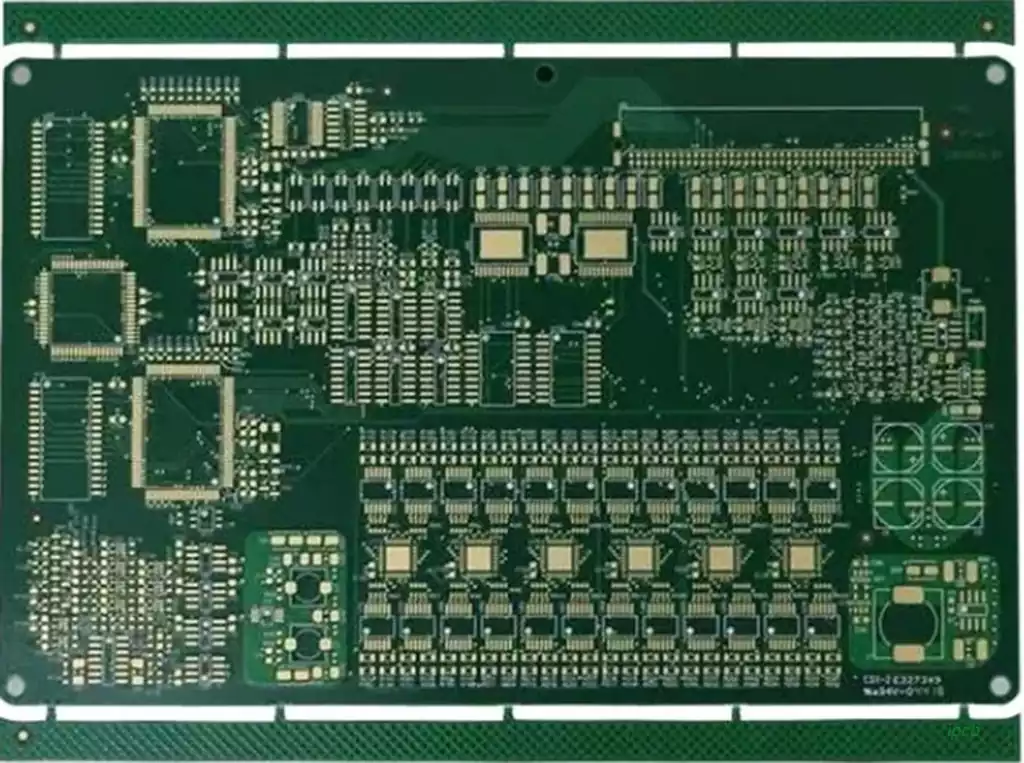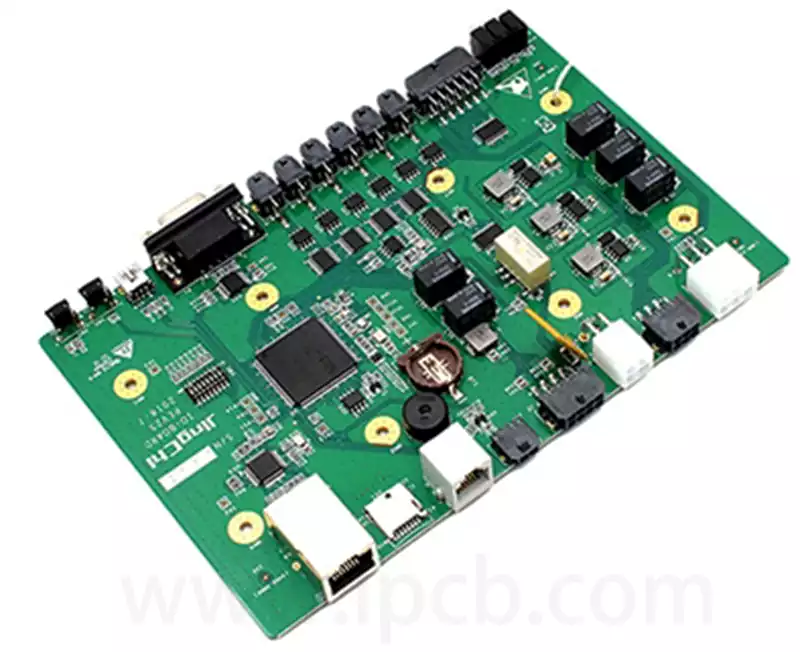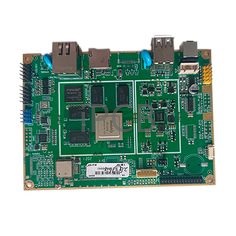What are leaded and leadfree processes? Leaded solder typically consists primarily of tin-lead (Sn-Pb) alloys, such as the classic Sn63/Pb37 (63% tin, 37% lead), which has a low melting point (approximately 183°C), stable soldering properties, and a mature process. Lead-free solder, conversely, primarily utilises alloys such as tin-silver-copper (e.g., SAC305) or tin-copper (Sn-Cu), which are entirely lead-free. These comply with environmental regulations such as RoHS (Restriction of Hazardous Substances Directive), but feature a higher melting point (approximately 217-227°C), necessitating stricter soldering process control.
Key differences between leaded and leadfree Processes
In electronic device manufacturing, selecting the appropriate soldering process is crucial for ensuring product quality and production efficiency. This is because leaded and leadfree processes exhibit significant differences in environmental impact, soldering temperature, soldering reliability, cost, and health implications.
Environmental Friendliness: Leaded processes utilise lead-containing solder, posing potential hazards to the environment and human health, and are inconsistent with contemporary environmental trends. Lead-free processes employ environmentally friendly solder, aligning with green sustainability principles.
Soldering Temperature: The low melting point of lead in leaded processes typically requires soldering temperatures around 183°C. The higher melting point of lead-free solder necessitates temperatures generally ranging from 217°C to 260°C.
Soldering Reliability: The addition of lead in leaded processes enhances joint ductility and toughness, yielding more reliable solder joints. Leadfree processes: Due to the differing physical properties of lead-free solder, the mechanical strength and reliability of joints may be slightly inferior to leaded solder. Leaded process: Utilises lead-tin alloys, operates at lower temperatures, and is simpler to handle. Leadfree processes: Employs lead-free solder during the soldering process, requires higher temperatures, and involves relatively more complex operations.
Cost considerations: Leaded processes benefit from established technology and comparatively lower costs. Leadfree processes initially require specialised lead-free solder and equipment, resulting in higher initial expenditure.
Regulatory compliance: Leaded processes may contravene environmental regulations in certain jurisdictions, such as the EU’s RoHS Directive. Leadfree processes align with environmental legislation, facilitating smoother market access internationally.
Health implications: Prolonged exposure to lead compounds in leaded processes may pose potential health risks to operators. Leadfree processes reduce workers’ exposure to hazardous substances, enhancing workplace safety.

Advantages of Leaded Processes
Due to lead’s lower melting point compared to other metals, soldering with lead-tin alloys requires relatively lower temperatures, making temperature control in leaded processes comparatively straightforward. Compared to leadfree processes, leaded processes offer higher production efficiency as the soldering process does not necessitate extremely high temperatures, allowing for faster soldering speeds. Additionally, leaded processes facilitate easier soldering quality inspection, as leaded solder is less prone to joint damage and allows visual assessment of soldering integrity.
Disadvantages of Leaded Processes
Leaded processes also present certain drawbacks. Firstly, lead is a toxic metal posing significant health risks, meaning electronic products manufactured using leaded processes may harm human health during handling and use. Secondly, due to the relatively low soldering temperatures, joints formed by leaded processes are more fragile and susceptible to thermal fluctuations and vibration, leading to potential joint detachment or damage. Furthermore, the presence of lead in the materials used contributes to the trend towards phasing out this technology.
Environmental Advantages of Lead-Free Soldering
Reduced Lead Pollution: Traditional leaded soldering materials release lead during production and use. As a heavy metal, lead is harmful to both the environment and human health. Lead-free soldering fundamentally eliminates lead pollution, meeting environmental requirements.
Compliance with International Regulations: With heightened global environmental awareness, numerous countries and regions have enacted regulations restricting or prohibiting the use of leaded electronic products. Opting for lead-free soldering ensures products comply with international regulations, avoiding market restrictions due to environmental concerns.
Technical Advantages of Lead-Free Soldering
Higher Soldering Temperatures: Lead-free solders typically possess higher melting points, enabling them to withstand greater temperatures during the soldering process. This proves advantageous for soldering complex multi-layer PCBs and large components, enhancing soldering quality and reliability.
Superior mechanical properties: Upon solidification, lead-free solder typically exhibits enhanced mechanical characteristics, such as greater strength and hardness. This confers improved fatigue resistance to solder joints under vibration or impact, thereby increasing product stability.
Extended service life: Owing to superior oxidation and corrosion resistance, lead-free soldered products demonstrate longer durability during prolonged use.
Economic Advantages of Lead-Free Soldering
Reduced maintenance costs: Lead-free soldering enhances joint quality and reliability, minimising repair and rework expenses stemming from soldering defects.
Improved production efficiency: Lead-free soldering is generally compatible with automated production lines, enabling efficient, continuous manufacturing processes that boost productivity.
Expanded market reach: As consumer preference for eco-friendly products grows, adopting lead-free soldering broadens product marketability, attracting environmentally conscious consumers.
Why Opt for Lead-Free PCBA?
Leadfree processes utilise environmentally friendly solder, aligning with contemporary green initiatives. Lead, a toxic heavy metal, poses potential health risks to operators through prolonged exposure, while lead-containing waste disposal causes environmental contamination. Furthermore, lead-free solder possesses a higher melting point, typically ranging from 210°C to 235°C, with operating temperatures between 245°C and 280°C. This enables soldering equipment and techniques to achieve superior quality and efficiency when processing PCBA boards. Lead-free PCBA offers distinct advantages in environmental sustainability, soldering quality, cost-effectiveness, and regulatory compliance, making it the recommended choice in modern electronics manufacturing.
Whilst leaded processes retain advantages in cost and operational simplicity, their environmental and health risks are increasingly evident, leading to their gradual market obsolescence. Leadfree processes, despite higher initial costs and technical demands, have become the mainstream trend in electronics manufacturing due to their environmental credentials, superior soldering quality, and regulatory compliance. As the technology continues to mature, lead-free processes will undergo further optimisation, ultimately replacing leaded processes entirely and propelling the electronics industry towards a greener, more sustainable future.



